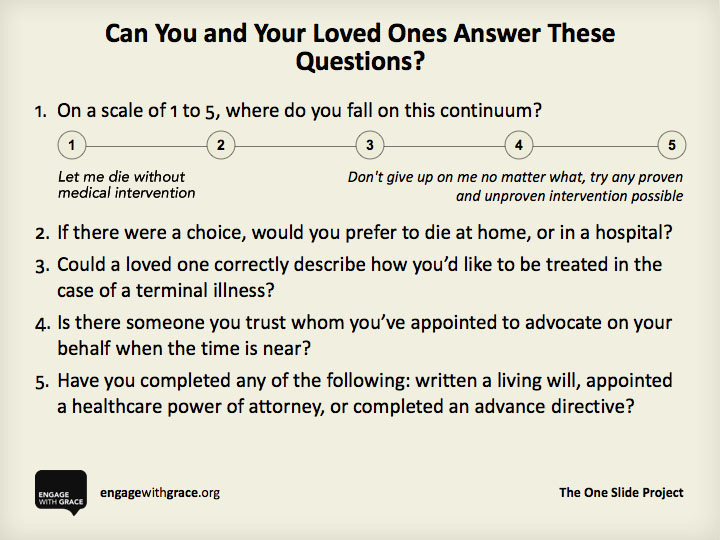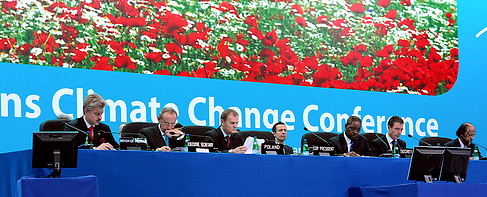LONDON (Dec. 8th) —Held without bail in Wandsworth prison, Julian Assange has been deprived of his trusty laptop, so the WikiLeaks founder can’t supply an inside scoop on life behind bars. But if the pro-transparency campaigner could leak just one word about conditions in Britain’s biggest jail, he would probably settle for “cramped.” (via AOL NEWS)
At my last CEO position, there were about 650 employees on the hospital side and another 50 at the research institute, but in the position that I held as the Chief Communications officer immediately before that, there were over 4,500 employees. Any one of those employees could potentially have become PFC Bradley Manning. Manning is the young man being accused of leaking millions of pieces of information to Assange’s Wikileaks. Every disgruntled, well-intentioned and sometimes naive employee who either had an “axe to grind” or who simply embraced a philosophy of openness would have potentially presented a major problem to any organization that was built around secrecy at all costs.
In my 20+ years as a hospital administrator, there were hundreds — no, thousands — of incidents that could have been “leaked” to family, friends and the media regarding incidents that may or may not have been problematic. My memory goes immediately to an online discussion forum where the death of Congressman John P. Murtha was being dissected by a group of Bethesda Residents; specifically, young U.S. Navy physicians who were venting and expressing their fears regarding their “being held responsible for the death of this powerful Congressman.” The amazing thing to me was the it was a running dialogue that was, yes, online. The discussion topic thread was etitled Did we kill Congressman Murtha? The anonymous user names went through case-by-case analysis of other undeserving patients who did not emerge with their lives from surgeries at the hospital over the previous weeks and months. These were individuals who, according to their estimations, should have. Imagine my shock when I came upon the casual page which, at minimum represented a potential HIPAA violation.
Well, it’s all about transparency, my friends, and this movement is only the beginning. Unlike Kevorkian’s efforts which were almost single-handed, this is a movement, a viral, well-funded, philosophical movement that feels like “Damn the torpedoes, full speed ahead.” And it’s “coming to a theater near you.” Not unlike the content of the sensitive documents that have been appearing online recently where peoples’ lives are at stake, hospitals and physician offices face many of the same realities every day. How many people, like PFC Manning, may not be truly insane or wish to destroy the government, but simply believe that their assistance in exposing the truth will “set us free?”
 As business leaders not many decades ago, we were urged to treat every e-mail and every comment as if it was being reported by Mike Wallace on 60 Minutes. Of course, not many of us did, nor could we stick to that difficult rule of communicating, but think of the potential ramifications if Mr. Wallace had been as potentially ever-present as Mr. Assange.
As business leaders not many decades ago, we were urged to treat every e-mail and every comment as if it was being reported by Mike Wallace on 60 Minutes. Of course, not many of us did, nor could we stick to that difficult rule of communicating, but think of the potential ramifications if Mr. Wallace had been as potentially ever-present as Mr. Assange.
What is my formula for success? It’s always been the same. Be as transparent as you can possibly be. Seems simple, but try it sometime. Don’t break the law. Don’t give out information that is inappropriate as in personally destructive regarding individuals, but be as open about your operation as you can possibly be. Encourage an environment of openness when it comes to issues, mistakes, etc. and the frustration levels will go down, down, down…sometimes to the point of having employees telling you, “I wish I didn’t know so much. Life was easier when I was in the dark.” That’s when you’ll know you are beginning to provide a truly transparent business environment.



 My apartment is about two blocks away from
My apartment is about two blocks away from 










 My new friend, Dan, has been helping me by holding up a rather small mirror, and suggesting that I explore me in that looking glass. For the past two years, my patterns have not changed appreciably. My work day starts very early and typically ends very late. During those working hours, it has been my custom to continue to pursue those imaginative, creative inventions, ideas, and interventions that can help to change lives, businesses, and futures in a very positive way. My enthusiasm for these discoveries, however, seems to get me into trouble, because I’m always trying to provide answers before anyone asks me questions.
My new friend, Dan, has been helping me by holding up a rather small mirror, and suggesting that I explore me in that looking glass. For the past two years, my patterns have not changed appreciably. My work day starts very early and typically ends very late. During those working hours, it has been my custom to continue to pursue those imaginative, creative inventions, ideas, and interventions that can help to change lives, businesses, and futures in a very positive way. My enthusiasm for these discoveries, however, seems to get me into trouble, because I’m always trying to provide answers before anyone asks me questions.



